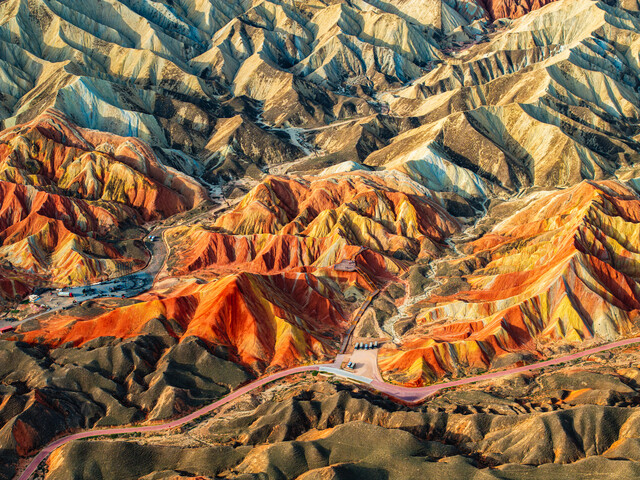Geography 101
Explore the World, One Map at a Time
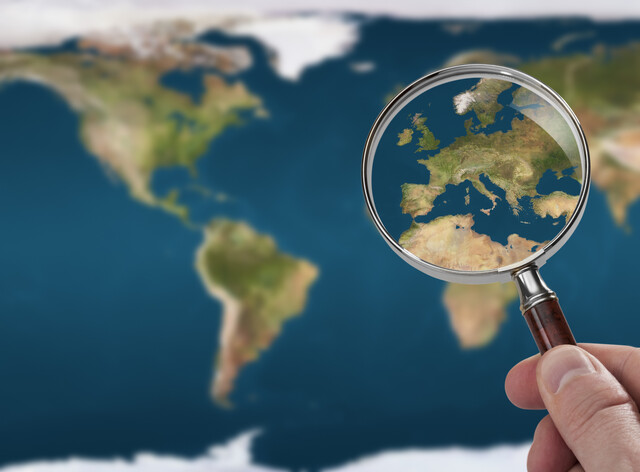
7 Hours average completion time
0.7 CEUs
11 Lessons
23 Exams & Assignments
39 Discussions
11 Videos
23 Reference Files
94 Articles
Mobile Friendly
Last Updated November 2025
Unveiling the Secrets of our Planet: A Comprehensive Geography Course
Have you ever wondered about the intricate patterns on a map, or pondered how magnificent mountains came to be? Dive into the captivating realm of geography and unravel the mysteries of our world with our meticulously designed Geography Course. Spanning eleven illuminating lessons, this course is set to transform your understanding of the Earth's myriad geographical wonders.
Why This Course is Crucial for You
The world is a vast tapestry of interwoven natural phenomena and human interventions. From the majesty of towering peaks to the precision of cartographical representations, the interplay between nature and humanity continually reshapes the world we inhabit. By exploring the foundational concepts of geography, you will attain a more profound appreciation of our world's complexities and gain the knowledge to contextualize global events, both natural and anthropogenic.
What You Will Learn
-
Landforms and Their Origins - Differentiate between diverse landforms like islands, atolls, and peninsulas. Dive into the mechanisms behind their formation, from the colossal movement of tectonic plates to the gentle caresses of wind and water that mold our landscapes.
-
Earth's Spheres and Their Interactions - Delve deep into the intricate web of Earth's spheres: the lithosphere, atmosphere, hydrosphere, and biosphere. Learn how these distinct layers, each with its unique characteristics, intertwine to create the Earth's vibrant and dynamic systems.
-
Maps and Human Perceptions - Maps are more than tools; they are mirrors reflecting cultural and experiential influences. Discover the intricacies of map-making, how humans have divided oceans for navigation and territorial claims, and how cultural perspectives can influence cartographic representations.
-
Human Influence on Geography - The Earth's landscapes bear the imprints of millennia of human activity. From agriculture to urbanization, delve into how humanity has sculpted its environment, sometimes with unintended consequences.
Course Breakdown
-
Lesson 1: What is Geography? - An introduction to the vast and intricate world of geography, setting the stage for the lessons to come.
-
Lesson 2: Oceans, Rivers, and Lakes - Dive into the watery realms of our planet, understanding their formation, significance, and influence on global climate patterns.
-
Lesson 3: Continents and Islands - Explore the large landmasses and the secluded islands, their formation, and their varied ecosystems.
-
Lesson 4: Mountains and Valleys - Ascend to the peaks of the world's great ranges and descend into the serene valleys, understanding their formation and ecological importance.
-
Lesson 5: How the Wind Affects Landforms - Delve into aeolian processes that shape deserts, dunes, and other wind-sculpted landscapes.
-
Lesson 6: How Water Affects Landforms - From majestic waterfalls to vast floodplains, explore how water shapes our world.
-
Lesson 7: Plate Tectonics - Unravel the science behind earthquakes, volcanoes, and the drifting continents.
-
Lesson 8: The Effect of Plants and Animals on Landforms - Discover the symbiotic relationship between flora, fauna, and the landscapes they inhabit.
-
Lesson 9: How People Affect the Geography of the Planet - Investigate the profound and often complex ways human activities reshape the Earth.
-
Lesson 10: How People Divide the Planet - Delve into the politics, cultural influences, and historical events behind global divisions.
-
Lesson 11: Using a Map - Equip yourself with the skills to decode maps, navigating the myriad symbols, scales, and projections.
Embarking on this Journey
At the culmination of this course, you won't merely see landscapes; you'll understand them. You won't just use maps; you'll appreciate the stories they tell. Equip yourself with a holistic understanding of our planet's physical and human stories and start seeing the world through a richer, more informed lens. Join us in this enlightening journey and let the world reveal its secrets to you!
- Explore diverse landform creation processes
- Appreciate interconnectedness of Earth's spheres
- Interpret cartographic representations accurately
- Comprehend Earth's fluid systems interactions
- Evaluate ecological roles of organisms
- Analyze Earth's natural and human-driven changes
- Navigate maps with precision and insight
- Understand global plate tectonic movements
- Contextualize cultural influences on map-making
- Assess historical and political territorial divisions
- Recognize human impacts on geography
-
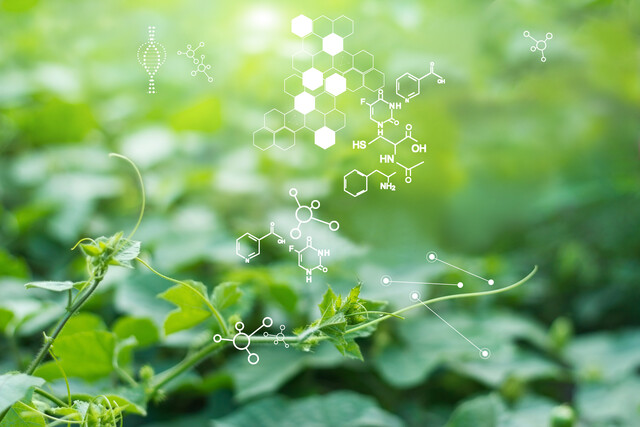
Biology 360: From Molecules to Ecosystems
-

General Receptionist
-

Angel Healing
-
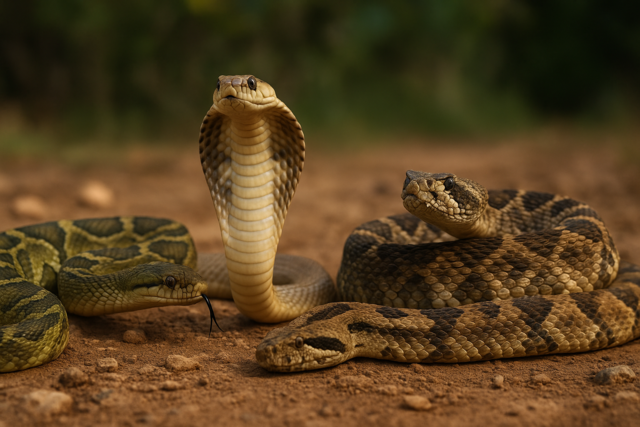
Snakes of the Western Hemisphere
-

Respectful International Workplace
-
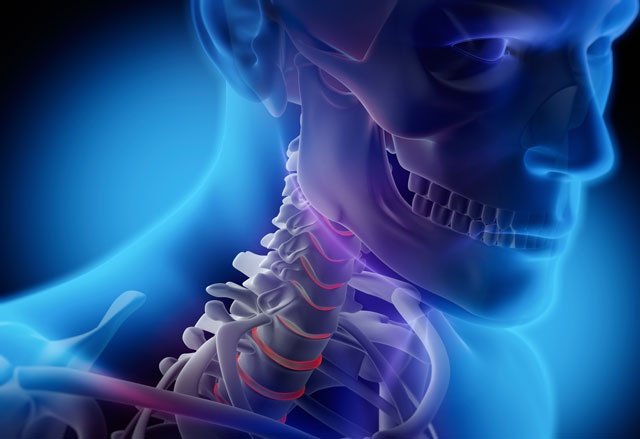
Anatomy and Physiology 101
-
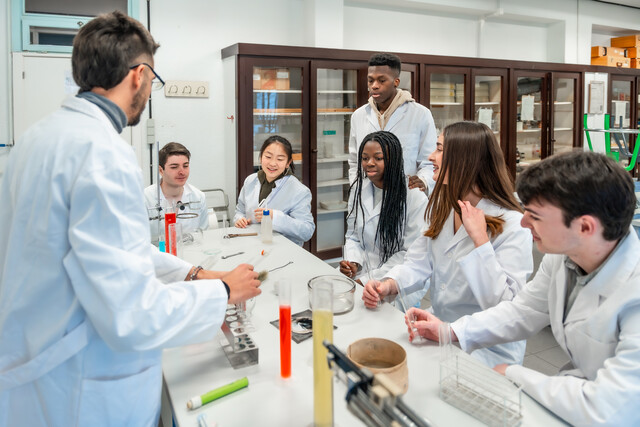
The World of Chemistry: From Atoms to Answers
-
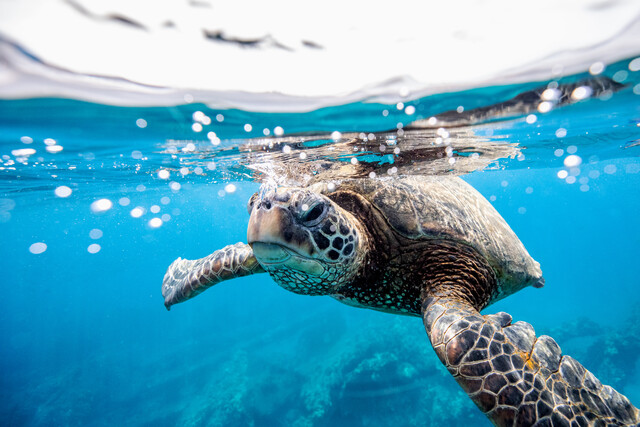
Marine Biology 101
-

Candle Making
-

History of the Universe
-
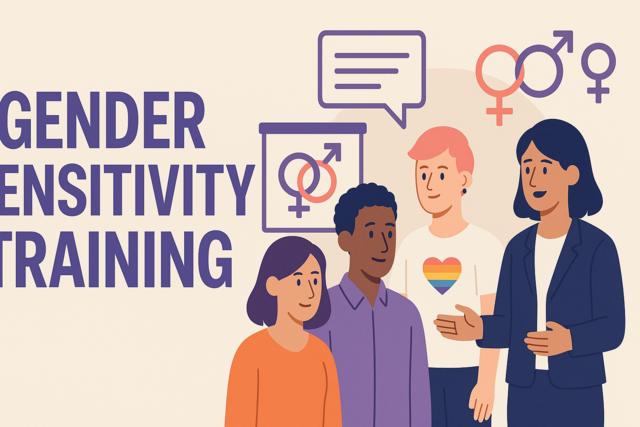
Gender Sensitivity Training
-
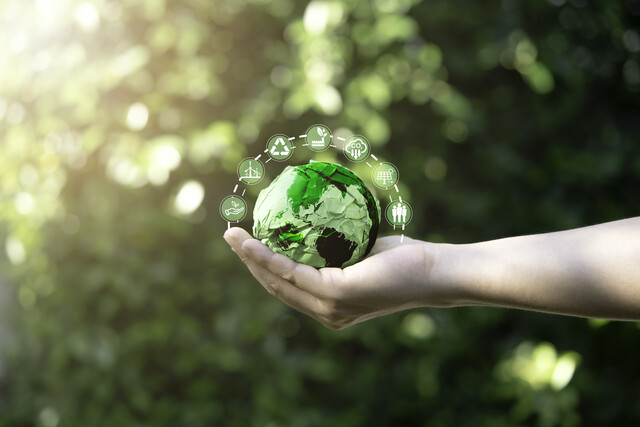
The Power of Ecology: Shaping a Sustainable Future
-
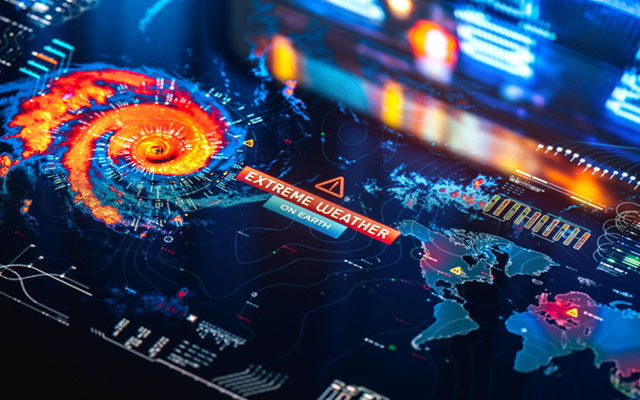
Meteorology Fundamentals
-

Microbiology Mastery: Unlocking the Foundations of Life
-
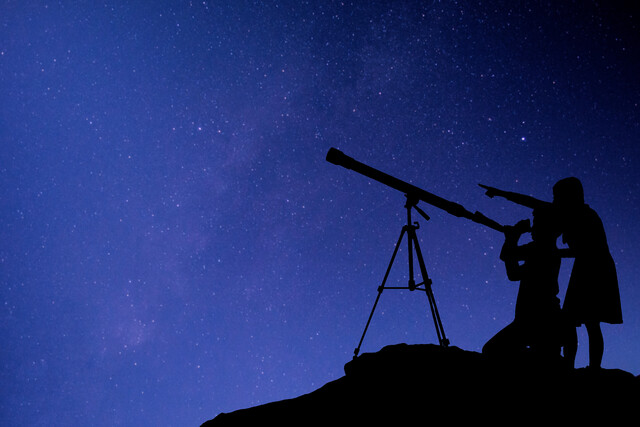
Astronomy 101
-

Economics: Complete Edition
-

Understanding Drug and Alcohol Abuse
-
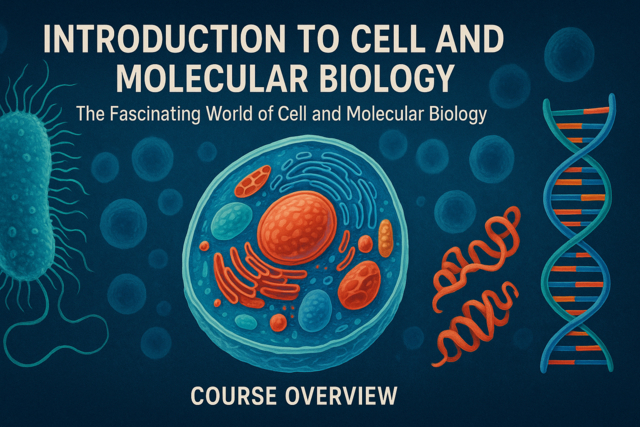
Introduction to Cell and Molecular Biology
-
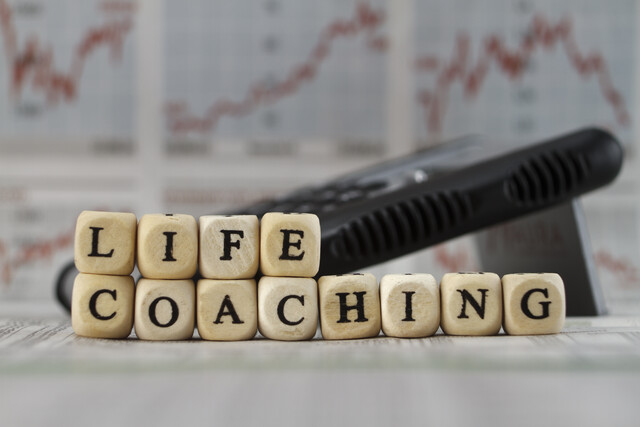
Become a Life Coach - Course Bundle
-

ESL Grammar Skills Level 4
